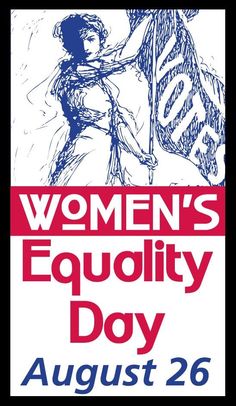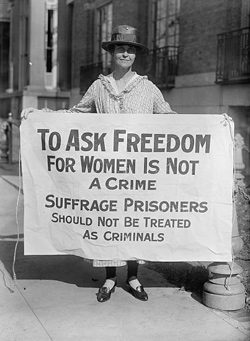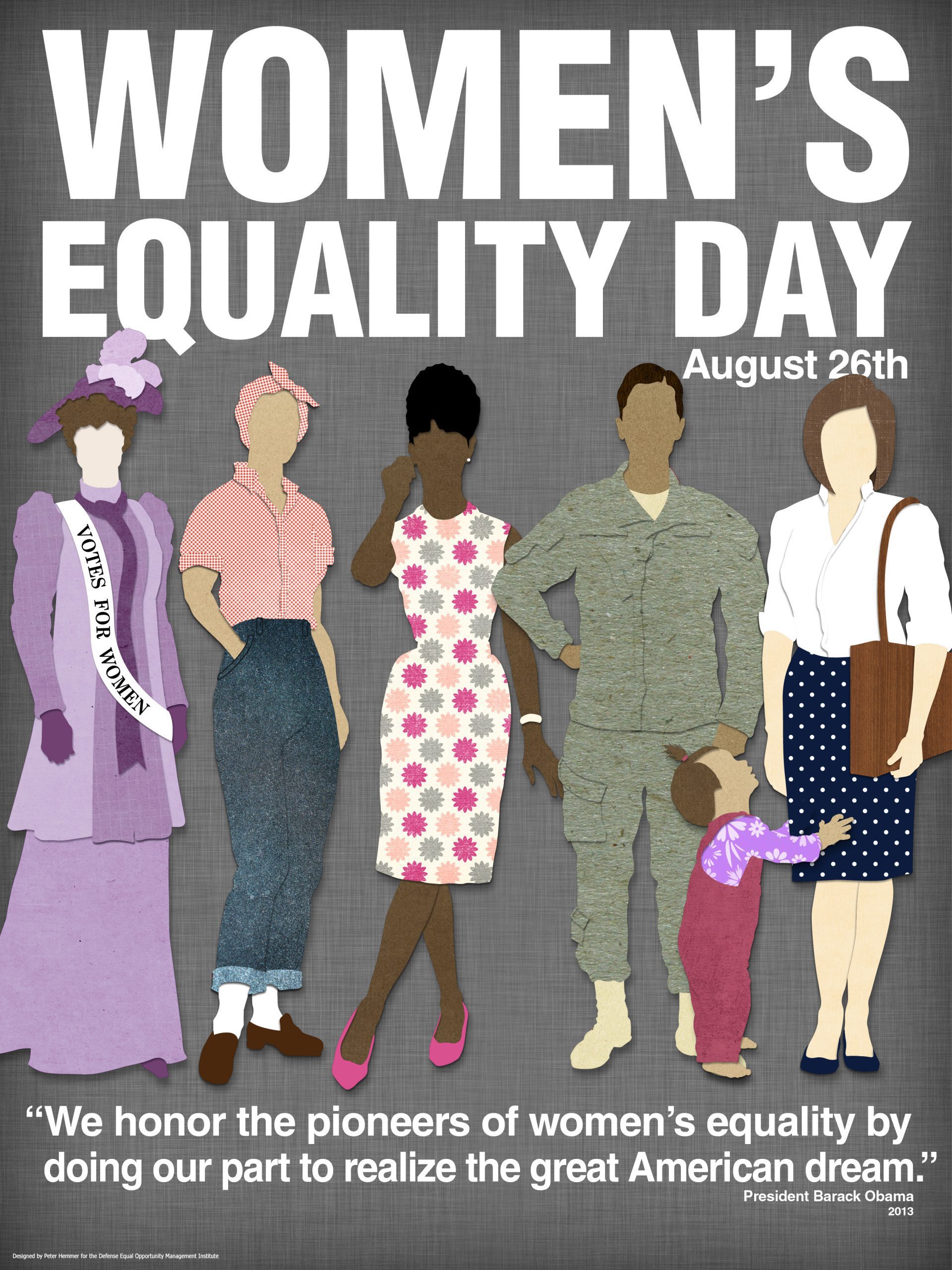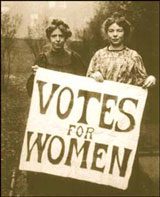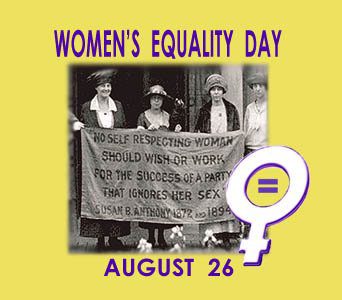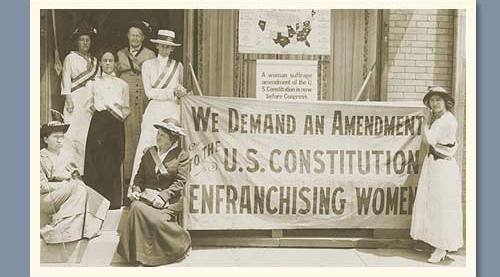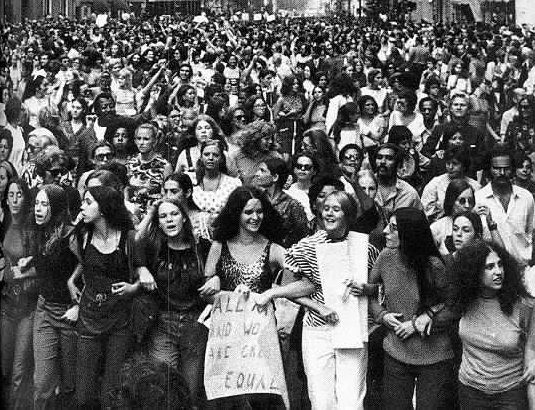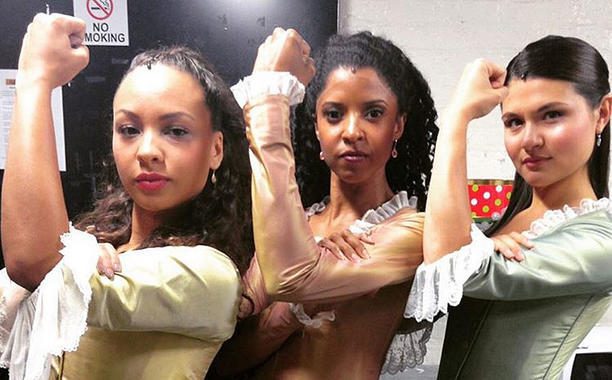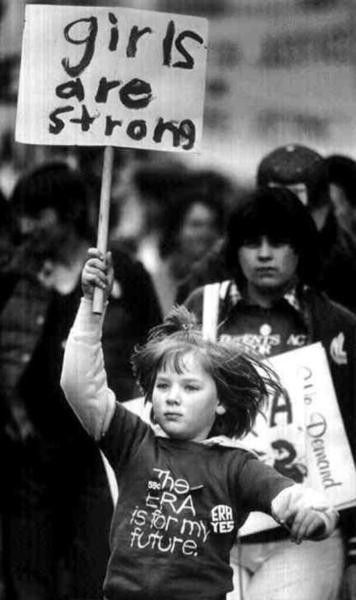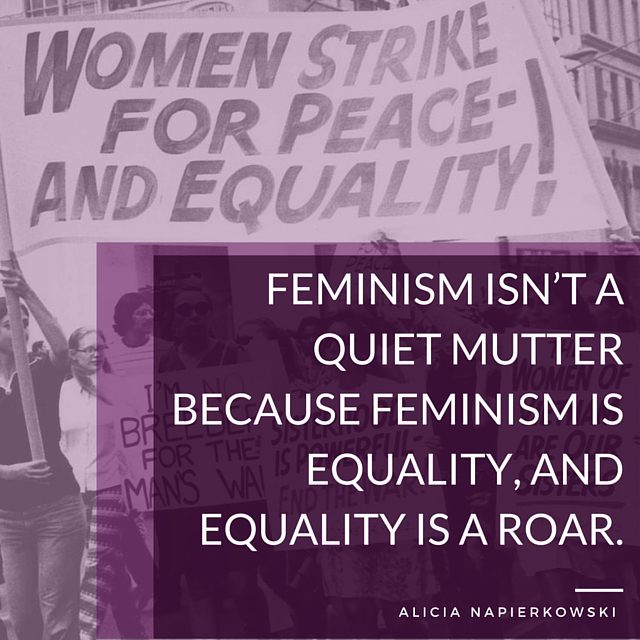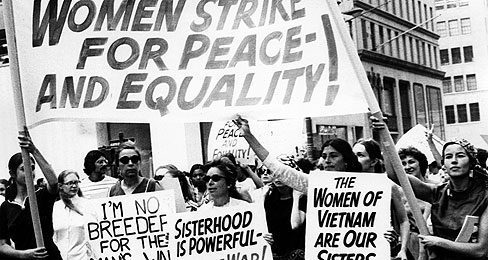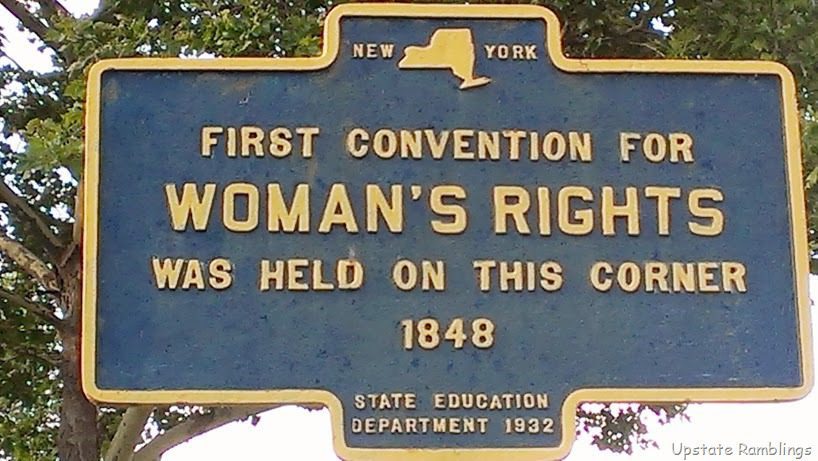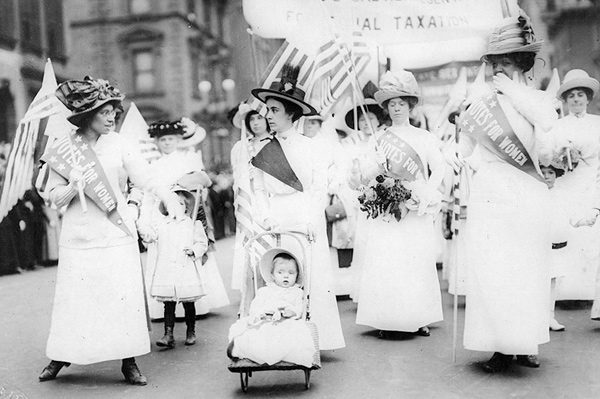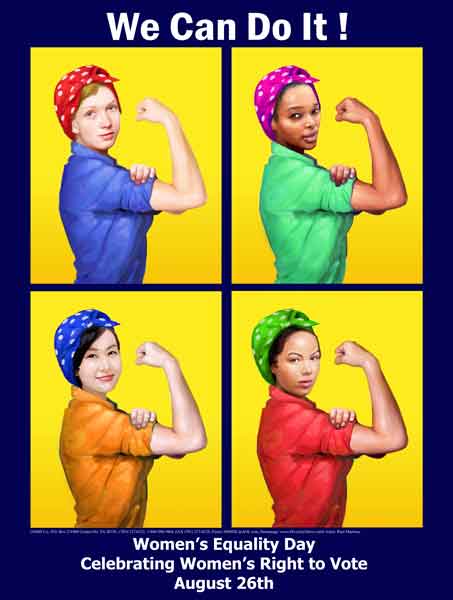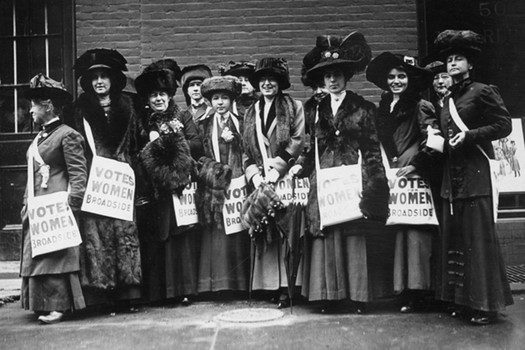On August 26, 1920, the United States Congress passed the 19th Amendment to the Constitution granting women full and equal voting rights.
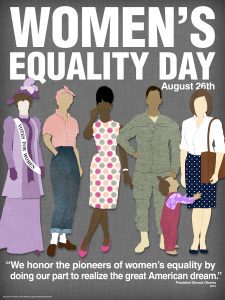
credit: Defense Equal Opportunity Management Institute
This was the culmination of years of hard work from suffragists groups across the U.S. This movement started in 1840 when Lucretia Mott and Elizabeth Cady Stanton were denied a seat at the World Anti-Slavery Convention in London because they were women.
When they returned to the U.S. the two women, joined by Martha Wright, Mary Ann McClintock, and Jane Hunt, began plans for the first women’s rights convention.The convention was held in Seneca Falls, New York at Wesleyan Chapel on July 19-20, 1848. More than 200 women attended the first day. The second day was opened to the public. Forty men including abolitionist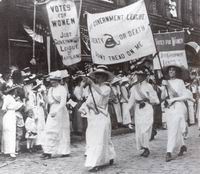 Frederick Douglass attended.
Frederick Douglass attended.
At the beginning of the convention Stanton read the “Declaration of Sentiments and Grievances,” a treatise she wrote that was modeled after the Declaration of Independence.
“We hold these truths to be self-evident; that all men and women are created equal; that they are endowed by their Creator with certain inalienable rights; that among these are life, liberty, and the pursuit of happiness; that to secure these rights governments are instituted, deriving their just powers from the consent of the governed. Whenever any form of Government becomes destructive of these ends, it is the right of those who suffer from it to refuse allegiance to it, and to insist upon the institution of a new government, laying its foundation on such principles, and organizing its powers in such form as to them shall seem most likely to effect their safety and happiness. Prudence, indeed, will dictate that governments long established should not be changed for light and transient causes; and accordingly, all experience hath shown that mankind are more disposed to suffer, while evils are sufferable, than to right themselves, by abolishing the forms to which they are accustomed. But when a long train of abuses and usurpations, pursuing invariably the same object, evinces a design to reduce them under absolute despotism, it is their duty to throw off such government, and to provide new guards for their future security. Such has been the patient sufferance of the women under this government, and such is now the necessity which constrains them to demand the equal station to which they are entitled.”
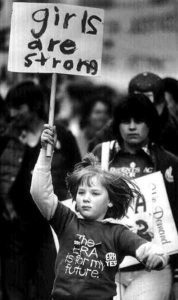 She went on to detail the injustices women had suffered in the U.S. and called for them to fight for their rights. You can read the “Declaration of Sentiments and Grievances” in its entirety and see who signed it here.
She went on to detail the injustices women had suffered in the U.S. and called for them to fight for their rights. You can read the “Declaration of Sentiments and Grievances” in its entirety and see who signed it here.
Convention attendees also passed 12 resolutions. Of those 12, eleven were a unanimous vote. However, the ninth resolution, which called for women “to secure to themselves their sacred right to the elective franchise,” was met with opposition. A debate ensued, but once Frederick Douglass sided with Stanton on women voting the resolution finally passed. Due to this particular resolution, many supporters of women’s rights withdrew their support. 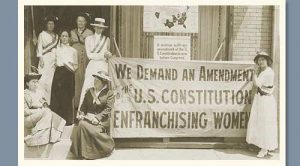 But history was already made and the women’s suffrage movement had begun.
But history was already made and the women’s suffrage movement had begun.
In 1869, Susan B. Anthony helped Stanton create the National Women Suffrage Association (NWSA). After 10 years of persistence and lobbying, the NWSA introduced an amendment in 1878. After years of debate the amendment finally made it to Congress where it was defeated in 1886. “It would take another 34 years, passing of batons, states entering the union with constitutions including the woman’s right to vote and civil disobedience for an amendment to be introduced and passed by Congress.”
 The observance of Women’s Equality Day celebrates the passage of the 19th Amendment while also calling attention to the efforts that still continue today as women fight for full equality.
The observance of Women’s Equality Day celebrates the passage of the 19th Amendment while also calling attention to the efforts that still continue today as women fight for full equality.
Joint Resolution of Congress, 1971
Designating August 26 of each year as Women’s Equality Day
WHEREAS, the women of the United States have been treated as second-class citizens and have not been entitled the full rights and privileges, public or private, legal or institutional, which are available to male citizens of the United States; and
WHEREAS, the women of the United States have united to assure that these rights and privileges are available to all citizens equally regardless of sex; and
WHEREAS, the women of the United States have designated August 26, the anniversary date of the certification of the Nineteenth Amendment, as symbol of the continued fight for equal rights: and
WHEREAS, the women of United States are to be commended and supported in their organizations and activities,
NOW, THEREFORE, BE IT RESOLVED, the Senate and House of Representatives of the United States of America in Congress assembled, that August 26th of each year is designated as Women’s Equality Day, and the President is authorized and requested to issue a proclamation annually in commemoration of that day in 1920, on which the women of America were first given the right to vote, and that day in 1970, on which a nationwide demonstration for women’s rights took place.
- credit: Defense Equal Opportunity Management Institute
- Hamilton channels Rosie the Riveter for National Women’s Equality Day
- Seneca Falls Women’s Rights Convention

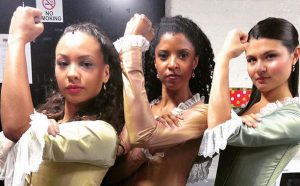 The observance of Women’s Equality Day celebrates the passage of the 19th Amendment while also calling attention to the efforts that still continue today as women fight for full equality.
The observance of Women’s Equality Day celebrates the passage of the 19th Amendment while also calling attention to the efforts that still continue today as women fight for full equality.